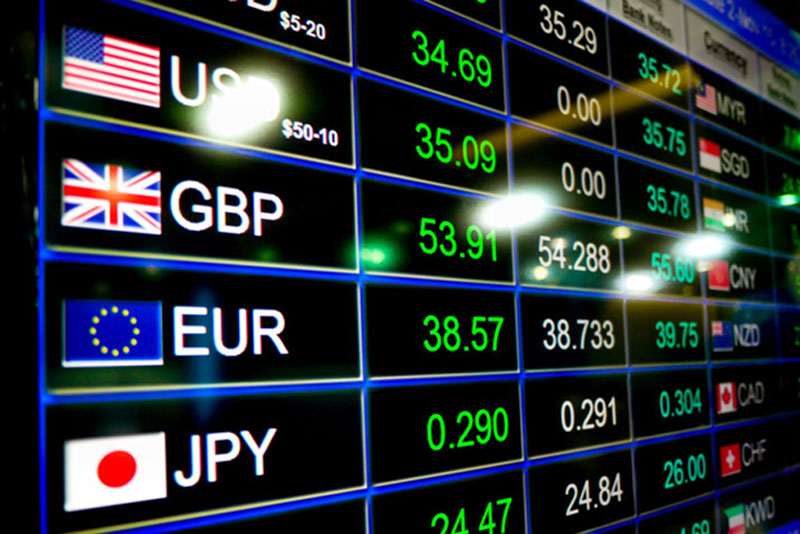The grain markets include several key futures contracts, each with specific contract sizes. Here are the primary ones:
- Wheat Futures: Commonly traded on the Chicago Board of Trade (CBOT), the standard contract size is 5,000 bushels.
- Corn Futures: Also traded on the CBOT, corn futures contracts are standardized at 5,000 bushels per contract.
- Soybean Futures: These are traded on the CBOT with a contract size of 5,000 bushels.
- Soybean Meal Futures: Traded in terms of 100 short tons per contract, these are also found on the CBOT.
- Soybean Oil Futures: These contracts are denominated in 60,000 pounds (approximately 27 metric tons) and traded on the CBOT.
- Oats Futures: Like the others, oats futures are traded on the CBOT with a contract size of 5,000 bushels.
These futures contracts allow traders and investors to hedge against price movements in the grain markets, speculating on or securing prices for future deliveries of these commodities.

The summary of the CME® 2024 Grain Report is below.
Hedgers should be aware of this report:
Prospects of Russia Producing a Record Wheat Crop for a Third Year in 2024
The establishment of the Black Sea export corridor in the summer of 2022 was a turning point for the declining wheat prices. Despite the onset of war risks in spring 2022, a noteworthy backdrop was Russia’s wheat production, which reportedly reached between 100 and 102 million tons. This high output continued into 2023 with another 92 million tons, signaling an oversupply in the Russian wheat market.
Sanctions and elevated insurance costs further complicated the situation. However, amidst the first land war in Europe in over seventy years, wheat prices in Ukraine and Russia remained competitive. Since the summer of 2022, Russian wheat has consistently been priced as the most affordable option, with exporters actively reducing inventories.
This year, for the first time in two seasons, the weather in Russia is less than favorable, with key winter wheat regions in eastern Ukraine and southern Russia receiving only 10% to 30% of their usual precipitation. The weather in May and early June, crucial for determining the yield, presents a different pattern than in previous years. A potential decrease in Russian wheat output, which could range from 85 to 93 million tons in 2024, would be significant, especially as the European Commission predicts a 5 million ton decrease in European wheat production due to reduced planting areas.
Uncertainty Surrounding South American Corn Production
Brazil stood as the world’s largest corn exporter in 2023. Together, Argentina and Brazil account for 40% of the global corn trade, a significant increase from 30% in 2010. This shift has diminished the U.S.’s influence in the global market. This year, discrepancies in production estimates between the USDA and South American agencies like CONAB and the Buenos Aires Grain Exchange have widened, leaving the potential expansion or contraction of the world’s corn surplus in 2024 uncertain.
Impact of La Niña on Global Weather Patterns
As the La Niña phenomenon returns, replacing the current El Niño, it threatens to disrupt rainfall patterns and yields, particularly in the southern U.S. The transition to La Niña is expected to occur swiftly by mid-2024, potentially complicating long-term climate forecasts and impacting Northern Hemisphere summer weather.
Currency Dynamics and Agricultural Trade
The strong U.S. dollar has played a critical role in shaping agricultural market dynamics, correlating with bearish trends in major grain markets. With ongoing interest rate hikes, speculative activity in the agricultural sector remains limited. The future of the U.S. dollar as the dominant trade currency appears secure, though concerns about the growing U.S. national debt, projected to reach $34.6 trillion in 2024, could influence Federal Reserve policies.
Mexico’s Increasing Dependence on Corn Imports
Mexico is expected to boost its corn imports by 9% in the 23/24 crop year, driven by consecutive drought years. With ending stocks projected to cover only 18 days of consumption by September 2024, Mexico’s demand for imported corn is likely to continue rising, further influencing global corn trade dynamics.
In conclusion, the grain market in 2024 is poised to be largely influenced by weather conditions and geopolitical factors, with ongoing adjustments in market risk assessments expected from June onwards.
Ready to start trading futures? Call US 1(800)454-9572 – Int’l (310)859-9572 email info@cannontrading.com and speak to one of our experienced, Series-3 licensed futures brokers and start your futures trading journey with E-Futures.com today.
Disclaimer – Trading Futures, Options on Futures, and retail off-exchange foreign currency transactions involves substantial risk of loss and is not suitable for all investors. Past performance is not indicative of future results. You should carefully consider whether trading is suitable for you in light of your circumstances, knowledge, and financial resources. You may lose all or more of your initial investment. Opinions, market data, and recommendations are subject to change at any time.
Important: Trading commodity futures and options involves a substantial risk of loss. The recommendations contained in this writing are of opinion only and do not guarantee any profits. This writing is for educational purposes. Past performances are not necessarily indicative of future results.
**This article has been generated with the help of AI Technology. It has been modified from the original draft for accuracy and compliance.
***@cannontrading on all socials.








